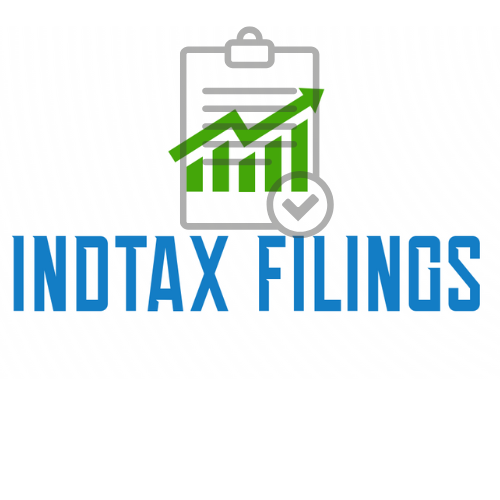Trademark rectification is a legal process that allows the correction or removal of an existing trademark from the trademark register. This process can be initiated by the owner of the trademark or by a third party when they believe that the registration was wrongly granted or that the trademark is not being used properly. Rectification helps maintain the integrity of the trademark register by ensuring that only valid and correctly registered trademarks remain in force. Understanding the grounds, process, and documentation required for trademark rectification is essential for protecting intellectual property rights.
What is Trademark Rectification?
Trademark rectification refers to the legal procedure of making corrections, modifications, or cancellations in the details of a registered trademark. Rectification is typically filed when a trademark has been registered incorrectly, is in conflict with another trademark, or when certain legal requirements were not met at the time of registration. Additionally, trademark rectification can be sought to update any changes in the ownership, address, or other details of the registered owner.
Rectification can either be initiated by the trademark owner themselves or by an aggrieved party who believes that the trademark should not have been registered or that its use is invalid.
Common Grounds for Filing an Application
Several grounds can lead to a trademark rectification application, including:
- Non-use of the Trademark: If a registered trademark has not been used continuously for a period of five years from the date of registration, it may be subject to rectification or removal.
- Incorrect Registration: A trademark may have been registered due to error, such as failure to meet legal requirements or inclusion of misleading information, which could be grounds for rectification.
- Similarity to an Existing Trademark: If a registered trademark is found to be similar or identical to a previously registered mark, a rectification application can be filed to remove the conflicting trademark.
- Non-compliance with Legal Provisions: If the trademark registration does not comply with the conditions laid out in the Trademark Act, a third party can challenge the registration.
- Misrepresentation or Fraud: If the trademark was registered based on false claims, misrepresentation, or fraud, an application for rectification can be made.
- Alteration of Trademark Details: Changes in the name, address, or ownership of the trademark must be reflected in the trademark register. If these updates are not made, a rectification application may be filed.
Process of Trademark Rectification
The process of trademark rectification typically involves the following steps:
- Filing the Rectification Application: The aggrieved party or the owner of the trademark files an application for rectification with the appropriate trademark registry office. This application should clearly state the grounds for rectification, along with supporting evidence.
- Examination of the Application: The Registrar of Trademarks reviews the rectification application and examines the validity of the claims. During this stage, both the applicant and the registered owner of the trademark are given the opportunity to present their cases.
- Notice to the Trademark Owner: If a third party files for rectification, the trademark owner is notified and given a chance to respond to the allegations made in the rectification application.
- Hearing: If necessary, a hearing is conducted where both parties can present their arguments and evidence before the Registrar.
- Decision: Based on the evidence and arguments presented, the Registrar will either approve or reject the rectification application. If approved, the trademark will be rectified, modified, or removed from the trademark register.
- Appeal: If any party is dissatisfied with the Registrar’s decision, they may appeal to the Intellectual Property Appellate Board (IPAB) or a higher court, depending on the jurisdiction.
Required Documents for TM Rectification
To file a trademark rectification application, the following documents are generally required:
- Application Form (TM-O): The prescribed form used for filing a rectification or cancellation application, clearly stating the grounds for rectification.
- Details of the Trademark: Information about the registered trademark, including its registration number, class of goods or services, and date of registration.
- Grounds for Rectification: A detailed explanation of the reasons for seeking rectification, supported by legal arguments and relevant case laws, if applicable.
- Power of Attorney: If the applicant is being represented by a legal professional, a power of attorney authorizing the representative to act on their behalf must be submitted.
- Supporting Documents: Evidence that supports the grounds for rectification, such as proof of non-use, documents showing similarity with an existing trademark, or evidence of fraud or misrepresentation.
- Affidavits: Sworn statements or declarations from witnesses or experts, if applicable, to support the rectification claims.
Conclusion
Trademark rectification is a vital legal remedy that ensures that trademarks in the register comply with legal standards and are used appropriately. Whether addressing incorrect registrations, resolving conflicts between trademarks, or updating information, the rectification process helps maintain the accuracy and integrity of trademark records. By understanding the grounds for rectification and the required documentation, businesses and individuals can protect their trademark rights and ensure that the trademark register remains fair and accurate.
